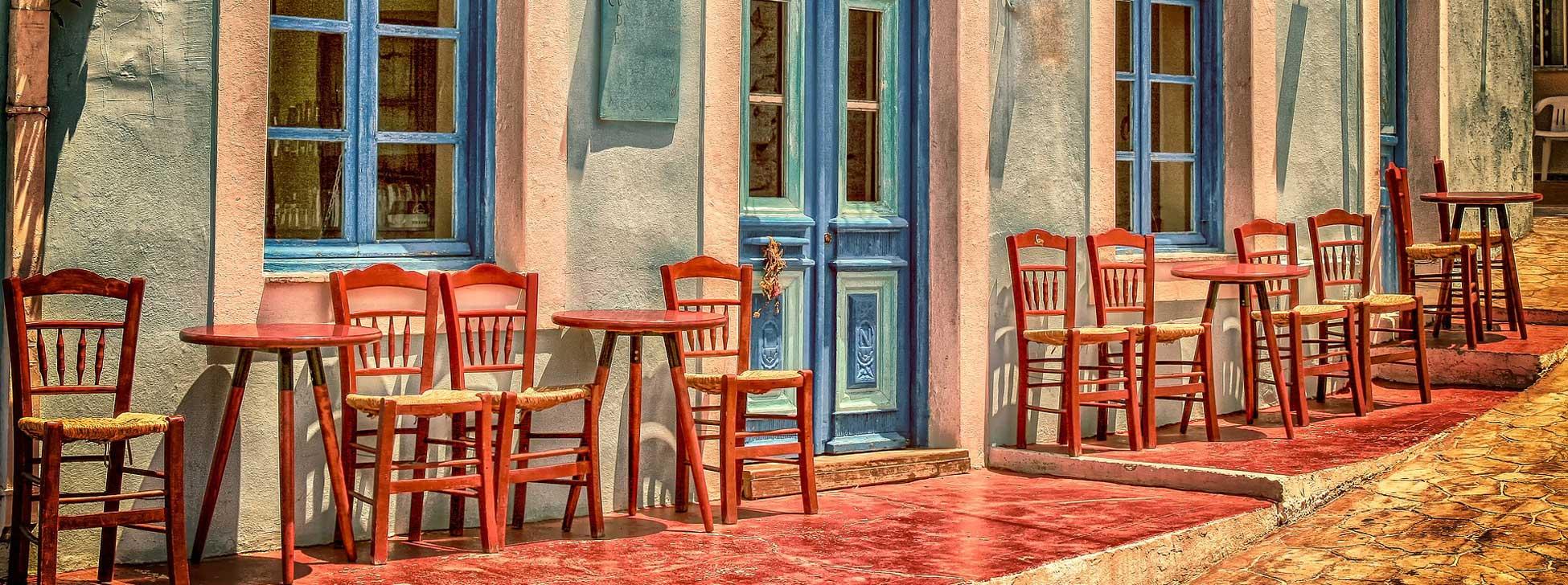It's two in the afternoon on the streets of Cordoba. Around the corner from calle Ayacucho lies a row of small brick houses, each one sitting behind its own wrought-iron gate. I'm walking home from the bus stop headed toward the third house on the right, which has quickly become my new "home-away-from-home" while studying abroad in Argentina.
Suddenly, I become hyper-aware that I'm standing in the midst of one of the world’s most rare phenomena: silence.
Just a few hours ago, the sidewalk I'm walking down now was filled with Argentines heading to work, waiting for buses and browsing newspaper stands for today's issue of El Liberal. Smells of warm medialunas, a popular croissant-style pastry, wafted down the hill from the nearby bakery. Young and old bodies filtered in and out of sight, en route to attend to their daily business. One could hardly imagine how a place so lively could ever stop moving.
But then, the clock struck one.
Shopkeepers flipped their signs from “ABIERTO” to “CERRADO.” Buses suddenly felt less like claustrophobic clown cars and more like spacious charter rides. As for the woman who runs the newspaper stand around the corner, she gathered her lawn chair, stretched and abruptly left.
It was time for siesta.
Before I came to Argentina, my concept of a "siesta" was based upon nothing more than popular stereotypes I'd absorbed from cartoon characters like Speedy Gonzales. When I heard the word in passing, I usually pictured a man sleeping under the shade of his own sombrero with a train of "ZZZzzz..." spilling from his mouth. I never considered it as an integral part of a culture, and I surely never thought I'd be taking part in it myself.
Like many American students I know, my peak hours of productivity have always been between the hours of one and four in the afternoon. In my early years of adulthood, I slowly learned from the busy world around me that if I wanted to make my day count, this was my window. I packed everything from Target runs, to college lectures, to workout routines into these three hours with the urgency of a doomsday-prepper. When I remembered it, lunch was shoved into my mouth in the car or while speed-walking to my next class. But, as the evening rolled around, my tank would be left completely empty from the marathon I felt I'd just run. Most days, I was left with just enough energy to eat a frozen burrito and fall asleep watching reality TV.
Before I came to Argentina, my concept of a "siesta" was a man sleeping under the shade of his own sombrero with a train of "ZZZzzz..." spilling from his mouth.
Needless to say, I had quite the dilemma on my hands when I went south. In the spirit of any true routine-clinger who finds themselves immersed in change, I tried to fight it. When my class would end and the city fell silent, I cranked Fall Out Boy on my phone and went for a run in the hot South American sun. While my neighbours napped, I searched every street for an open market, complaining endlessly when I had no luck. After a while, the strain of struggling to check off my to-dos while everyone else relaxed and drank tea took a toll. Finally, after a few weeks of embarrassing sunburns and complete boredom, I began the process of letting go. I began surrendering to the silence of the siesta.
Where I'm from, Target closing for the afternoon would most likely result in a full-on boycott. But in many countries, it is widely agreed that the hours when the day is at its "peak" should be savoured. Instead of stressing about schedules and errands, I learned how to practice the art of pleasure. I ate enormous lunches with friends, our loud laughs and broken Spanish conversations slowly winding down as we all slipped into empanada-induced food comas. I tried needlepoint. I listened to jazz music on a loop while painting my toenails. Sometimes, I just sat in my sunroom and effectively did nothing. The practice of siesta taught me that a day ought to be measured less in the quantitative and more in the qualitative. Unlike what I have known my whole life, Argentines relish the belief that anything that is worthwhile in this life is ultimately useless. I think I agree.
Now, I’m back in my home in Colorado, USA. When the afternoon rolls around, I know that there will be no silent streets, quiet sanctuaries or family lunches. However, Argentina taught me that my days don't always have to be a race against time. I'm proud to say I no longer eat granola bars in my car, and I've developed a distaste for the mid-day gym crowd. Among the many souvenirs I packed in my suitcase when it was time to return home, the siesta is the one I still think about every day.
Today, when the clock strikes one, I'm still going to turn my phone off, grab a cup of tea and relish the sweet art of doing nothing.
Add this article to your reading list
